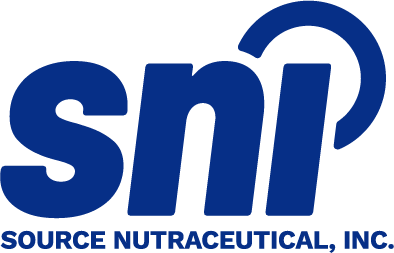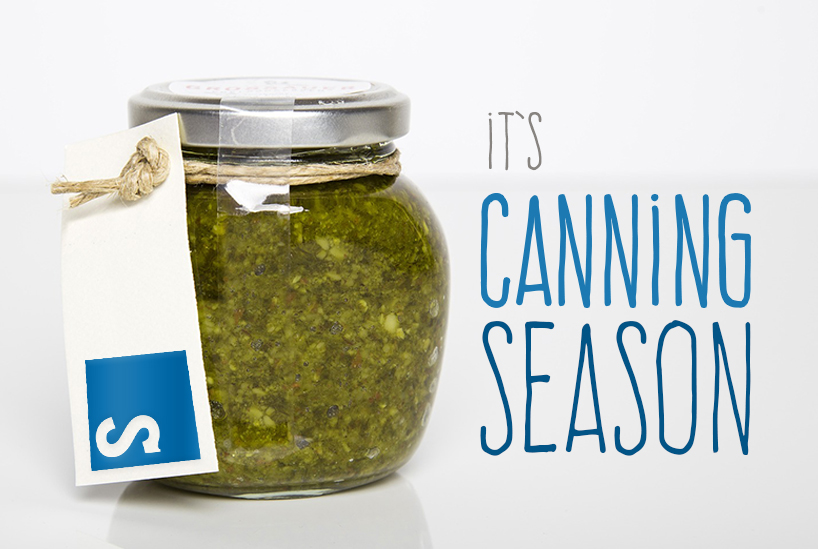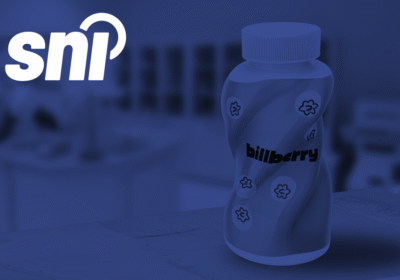Canning, pickling and preserving foods from the late summer and early autumn harvest have been documented as staples in kitchens since the first years of Napoleonic Wars. Canning extends shelf life and is most commonly seen in vinegar pickles and jams.
Today, consumer behavior has renewed fascination with consuming home-grown produce and choosing seasonal eating options; we see gentrification of home canning and bottling in Canadian homes. It’s very important for consumers to know that without proper research or sanitized equipment: there is always a risk to spoilage which can not only ruin your hard work but make you and your family ill. If home canned foods are not prepared or bottled properly they can cause botulism—a type of food poisoning caused by a toxin produced by the bacteria called Clostridium botulinum(C.botulinum).
Thinking of canning at home?
That’s fantastic. The food you’re considering for canning will always be classified into two categories: high-acid and low-acid. It’s important to identify this so you can determine which preparation method should be used to prevent the growth of harmful bacteria.
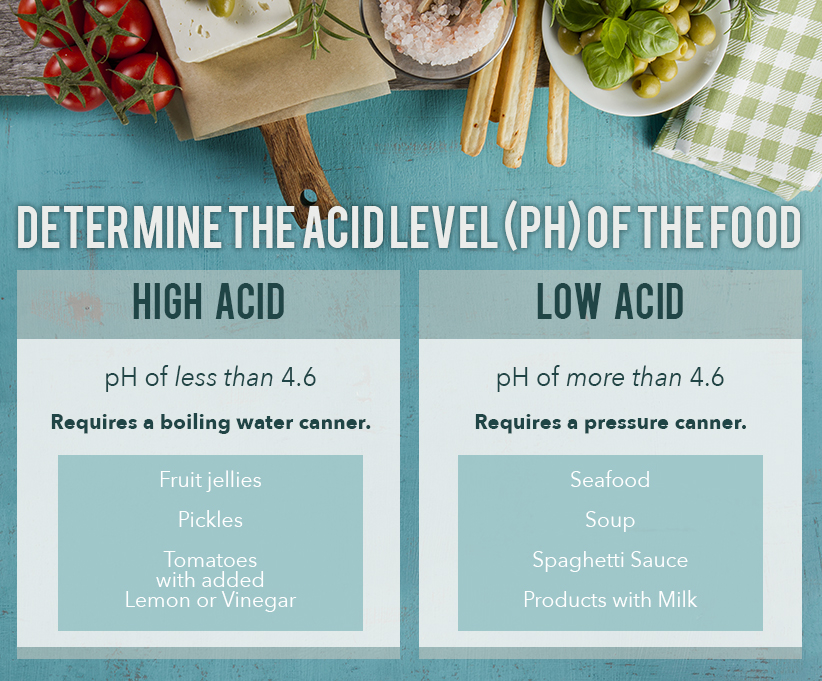
Choose your recipe
Most cooks like to ‘wing it’ with recipes; but never change the processing times or pressure levels of your canning recipe instructions. Substitutions can affect the time the canned or bottled food requires in the boiling water canner or pressure canner and can allow the botulism bacteria to remain in the finished canned or bottled product. It’s best to stick with the rules in this case.
Grandma’s recipes are usually the best; just make sure you use only current, tested home canning recipes for your own safety. Some other great canning recipe sources are:
- Bernardin: Bernardin continues to be Canada’s trusted leader in home canning products.
- Well Preserved: A place to get ideas on how to fit the pleasure of cooking and preserving into your life; regardless of how busy you are, how small your kitchen is or what your budget is.
- Healthy Canning: Pointing people towards information on canning that is safe and healthy in all aspects, both short-term and long-term.
- Food in Jars: A place share interest in canning and general obsession with canning jars of all shapes and sizes.
- Fresh Preserving: Jarden Home Brands is committed to continuing the tradition started by the Ball brothers and handed down through generations by providing quality products to help Americans preserve garden fresh produce. Join us in continuing our efforts to Preserve America for the next 130 years.
Other important safety tips:
- A pressure cooker is not necessarily a pressure canner: you will require ability to manually regulate the pressure is the defining element of a pressure canner.
- It is important to follow current, tested practices for home canning.
- Cleaning your hands, ingredients, kitchen surfaces and utensils. This will help eliminate bacteria and reduce the risk of food related illness.
- Only use proper jars for home canning or bottling.
- Store them in a cool, dry place.
- Once the container has been opened, refrigerate leftovers.
For a full list of safety tips, please spend some time reading through Government of Canada: Home Canning Safety here.
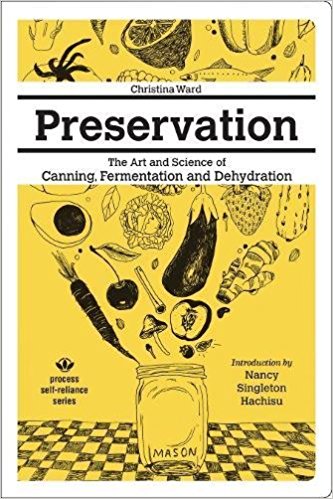
An excellent tool for Q&A, troubleshooting, tips, science and resources are available here on Serious Eats.
If you’re interested in the science behind canning from a master food preserver and writer, James Beard Award Nominee Christina Ward developed Preservation: The Art and Science of Canning, Fermentation and Dehydration. It is the ultimate guide to food preservation.
